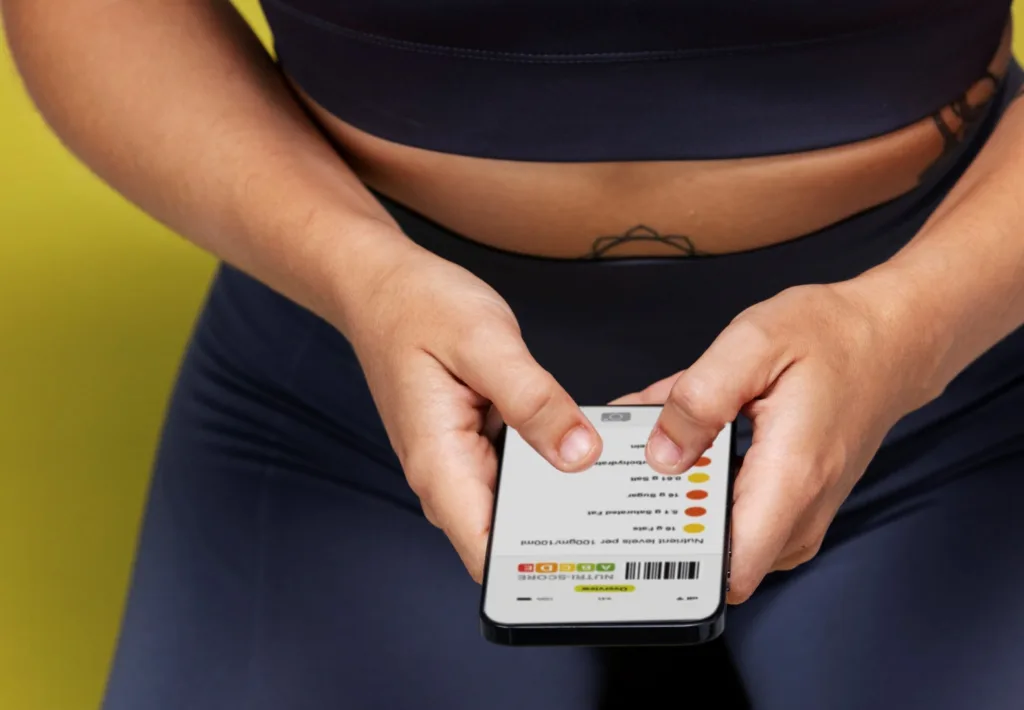The return on investment for remote patient management can be seen as a reflection of a new environment. Variations in medical culture and practices over the last few years, as we adapted to new settings in health technology.
As an example, 2020 was a year of significant medical challenges and innovation in Remote Patient Monitoring (RPM) and telehealth. These technologies, presented the best solution for population management, bridging the gap between various states of need regarding Covid19. Also, reducing the health disparities, faced by the communities long before that, giving a big boost to technology and RPM.
The new challenge led to new ways of practicing medicine and adjusting services offered by medical practices, doctors, and insurance companies. Creating, modifying, and removing services to make sure that everyone’s health needs were met and how the investment could return. In terms of time consumption, medical equipment purchases, and patient/medical staff training.
Medical practices took the most important role while they were trying to adjust to this new form of billing. Especially, engaging and following up with patients, while offering the best health care service and advice for treatment and adherence. Each one of the entities transformed its management in concordance with the challenge. In the same way, the return on investment evolved as it worked directly with how entities offered remote monitoring to the community. Addressing geography, cultural and ethnic differences.
Questions to address to determine the ROI for Remote Patient Monitoring:

The most common way to determine the return on investment was to answer some questions regarding management execution. These questions involved the impact the program would have in terms of the number of members, type of population, and the biggest challenges the care practice faced in managing chronic health conditions.
In this regard, a specific goal could be set for the service and a return on investment could be arranged between providers, insurance companies, and medical teams.
Key elements to determine return on investment for RPM in a long term:
As RPM presents a solution for population management in terms of monitoring and adherence to the treatment, the return on investment will show that visits and calls to the ER will decrease. This will prevent extra charges associated with the emergency services for patients, insurance companies, and medical staff.
In addition, the new technology provided the care team with clear information on a daily basis. Expectedly, showing the patient’s progress during the whole treatment process while they were at home. Also, payers and government are reimbursing these new remote services at higher rates and with fewer requirements and flexibility in their application. Providing a new and profitable revenue source for health providers and institutions.
Check the average of how much a health care provider is reimbursed for RPM
Diverse studies had shown the results RPM has over patients, medical staff, and medical institutions. The Oncology Practice presented one of the best results in terms of care during the global pandemic. In the article “Association of a Remote Patient Monitoring (RPM) Program With Reduced Hospitalizations in Cancer Patients With COVID-19”. This study, made in 224 patients with cancer and Covid-19, presented the importance of outpatient care while using RPM and telehealth.

